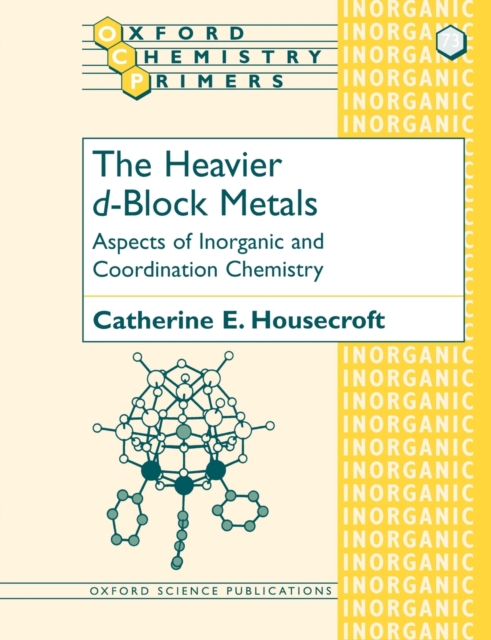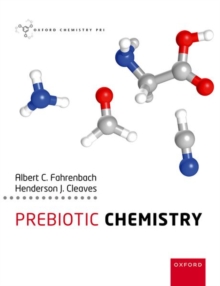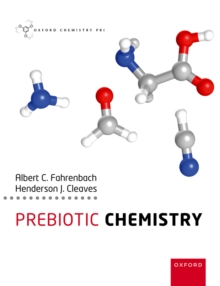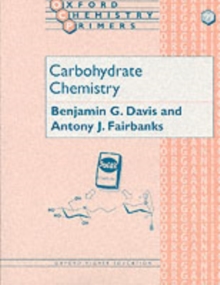
The Heavier d-Block Metals : Aspects of Inorganic and Coordination Chemistry Paperback / softback
by Catherine E. (Professor, Professor, Institut fur Anorganische Chemie, Basel, Switzerland Housecroft
Part of the Oxford Chemistry Primers series
Paperback / softback
Description
This book addresses the chemistry of the second and third row d-block metals, assuming a knowledge of the chemistry of the first row metals. Chapter 1 looks at the metals and summarizes occurrence, physical properties and uses. Chapter 2 considers periodic trends in properties. Chapter 3 considers aqueous solution chemistry, species present (with comparisons of the first row metal ions) and redox properties. Chapter 4 surveys structure: the range of coordination numbers shown by second and third row metals is often a topic for discussion in University courses. Chapter 5 looks at electronic spectra and magnetic properties, making comparisons with the first row the main objective of the chapter.
Detailed mathematical treatments are not given. Chapter 6 considers metal-metal bonding, and the classes of compound that contain triple and quadruple bonds; the role of bridging ligands is introduced. Chapter 7 looks at selected clusters with a pi donar ligands (e.g. metal halo species) in which metal-metal bonding is important. Chapter 8 introduces the area of polyoxometallates, closing with a short discussion of the wide range of applications. The book contains many references to encourage wider reading by the student; in addition to textbooks of relevance, the author has included many recent literature citations, and a section called "Metals in Action" which gives citations which show the heavier metals at work in, for example, catalytic converters and molecular wires.
Information
-
Out of stock
- Format:Paperback / softback
- Pages:96 pages, numerous line figures
- Publisher:Oxford University Press
- Publication Date:04/02/1999
- Category:
- ISBN:9780198501039
Information
-
Out of stock
- Format:Paperback / softback
- Pages:96 pages, numerous line figures
- Publisher:Oxford University Press
- Publication Date:04/02/1999
- Category:
- ISBN:9780198501039










